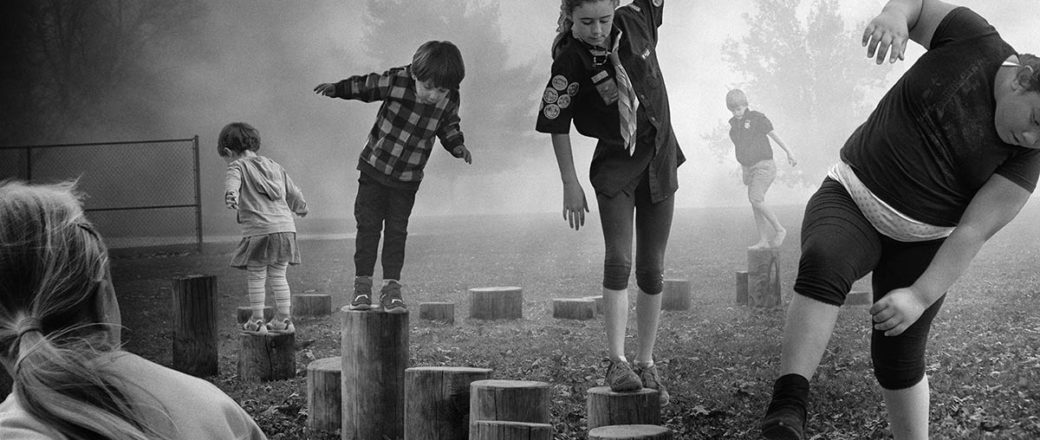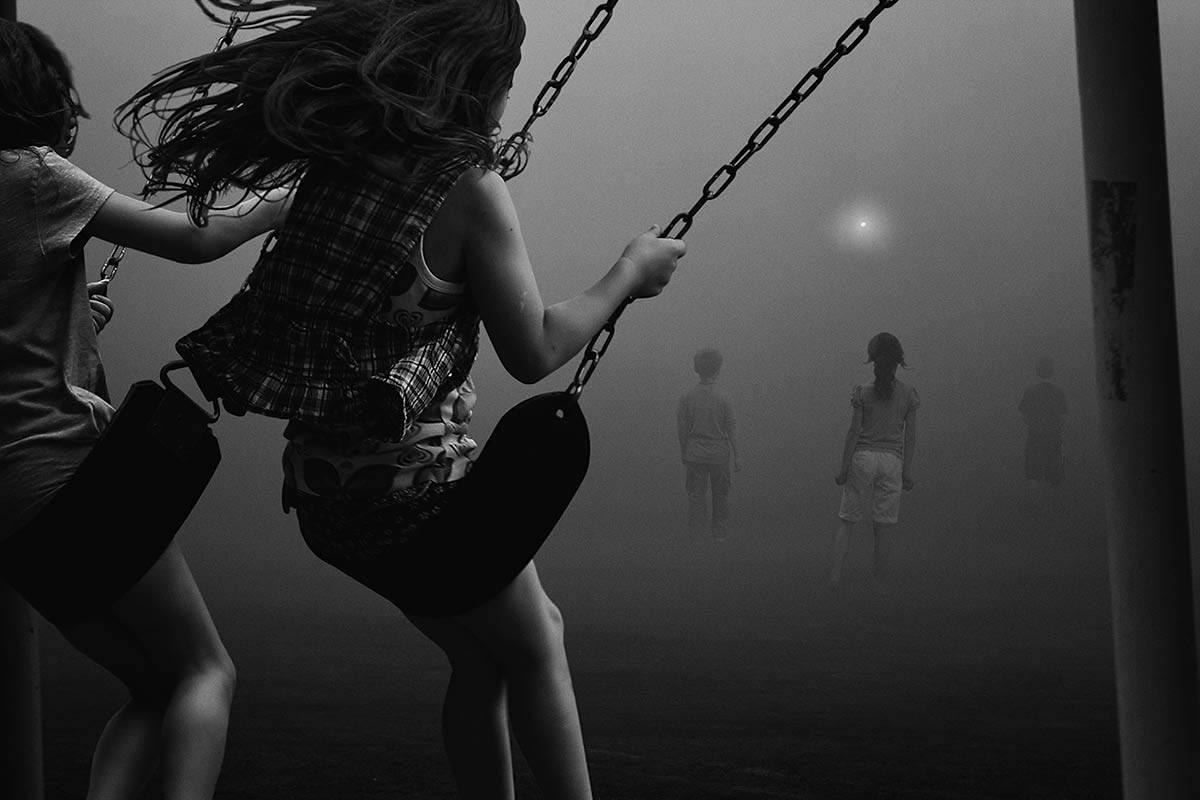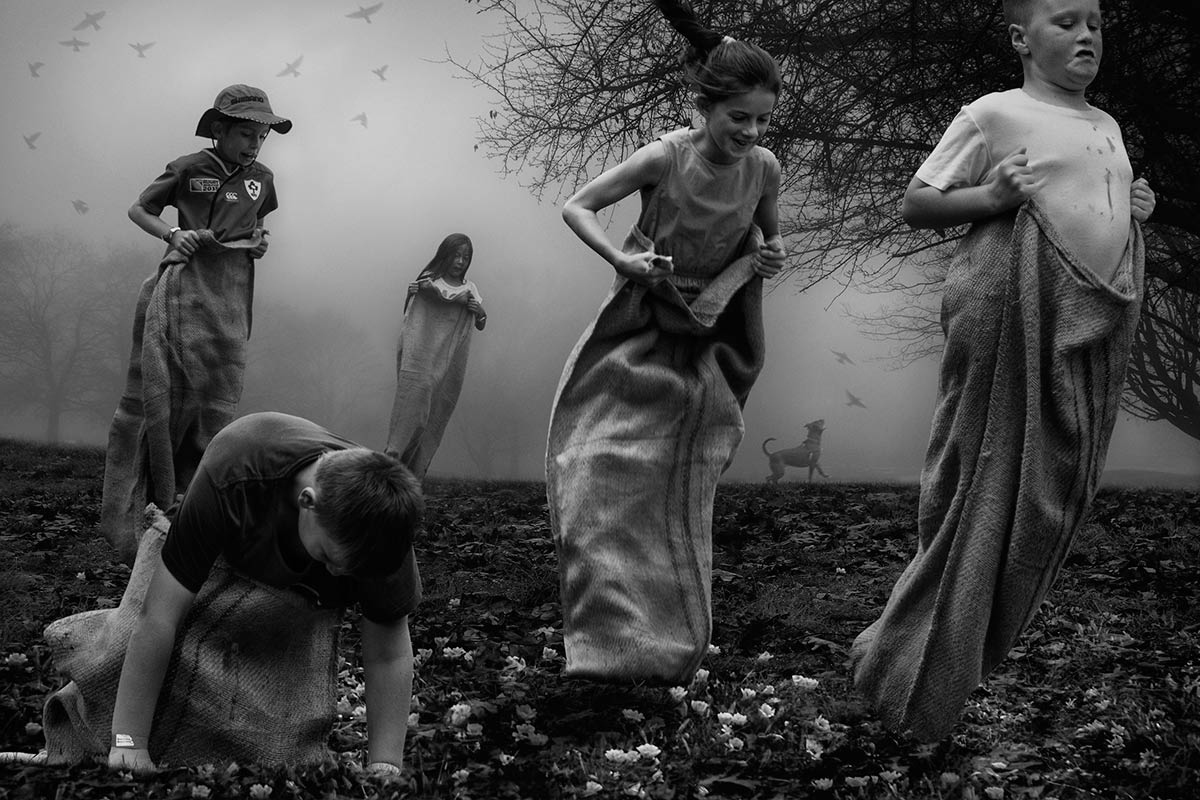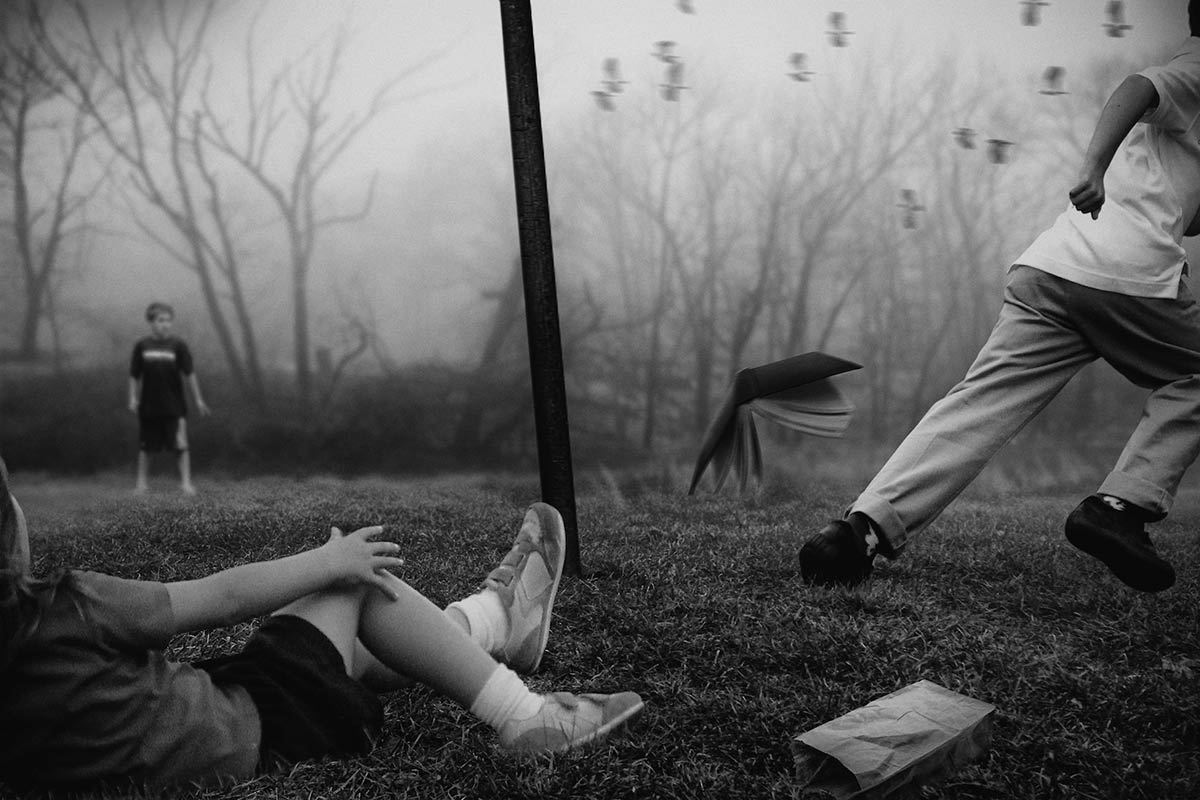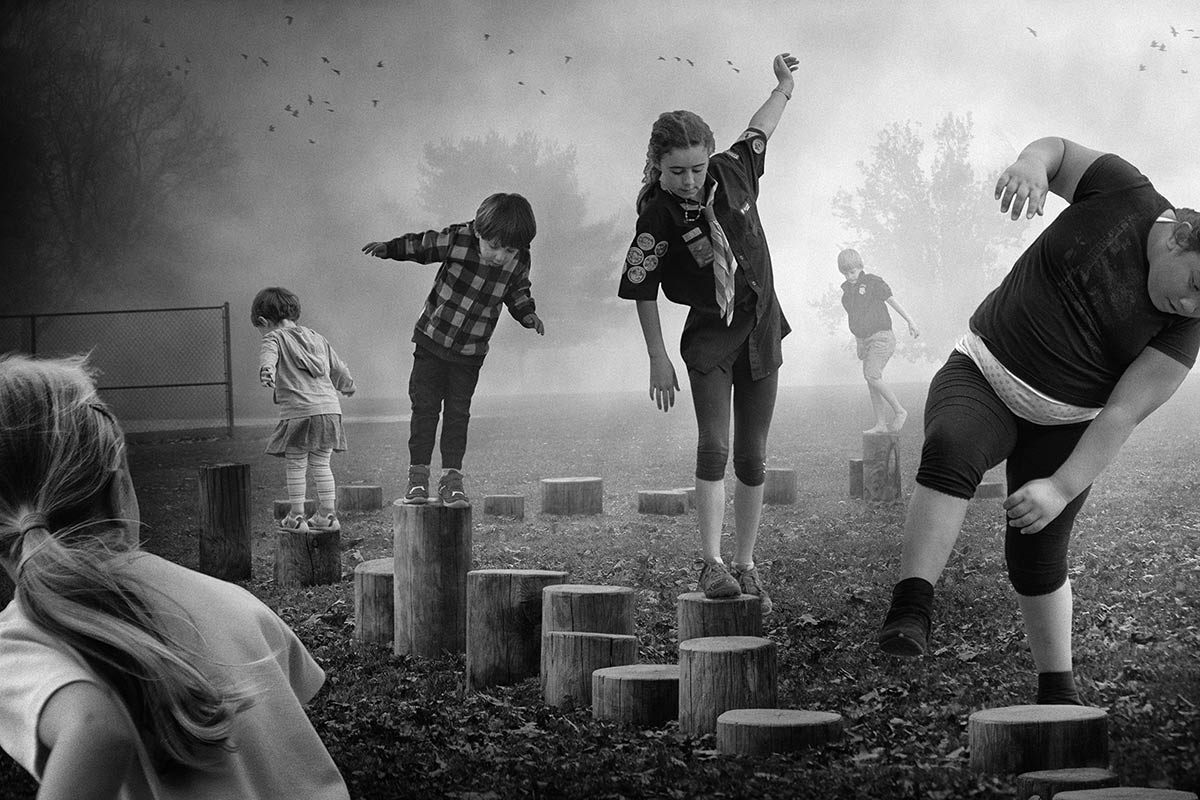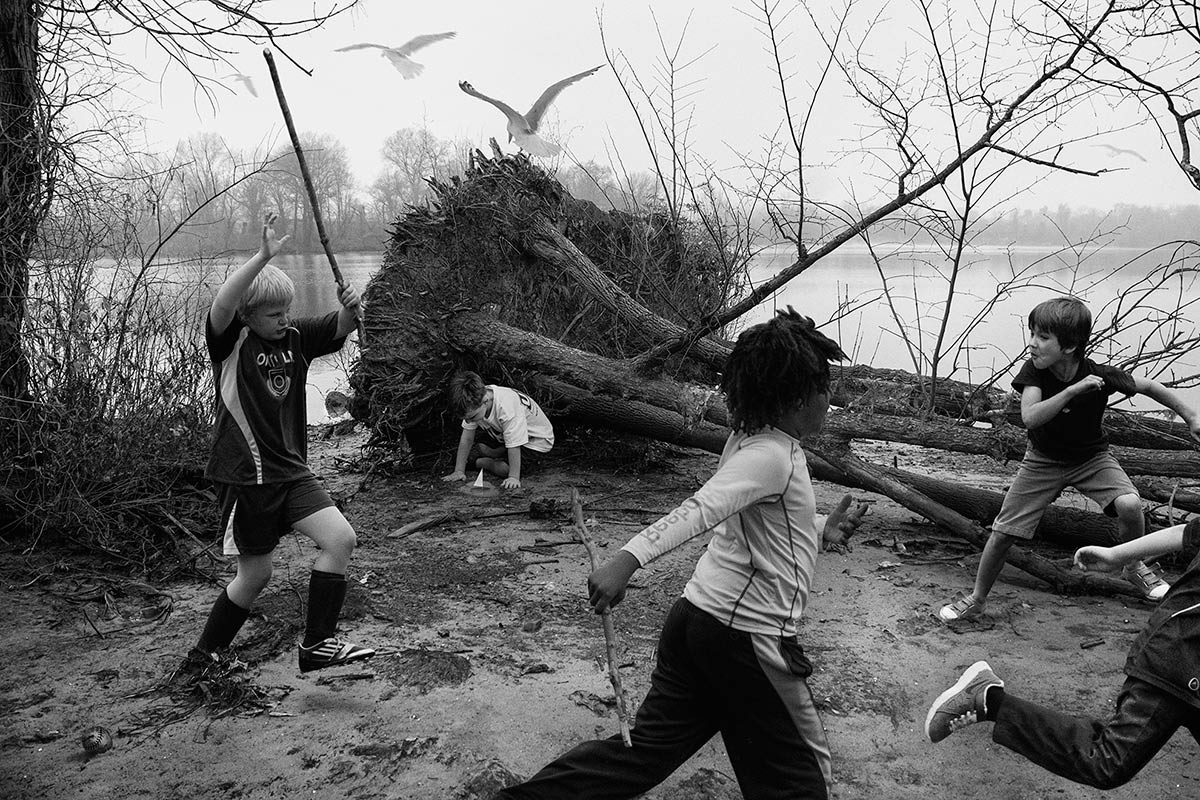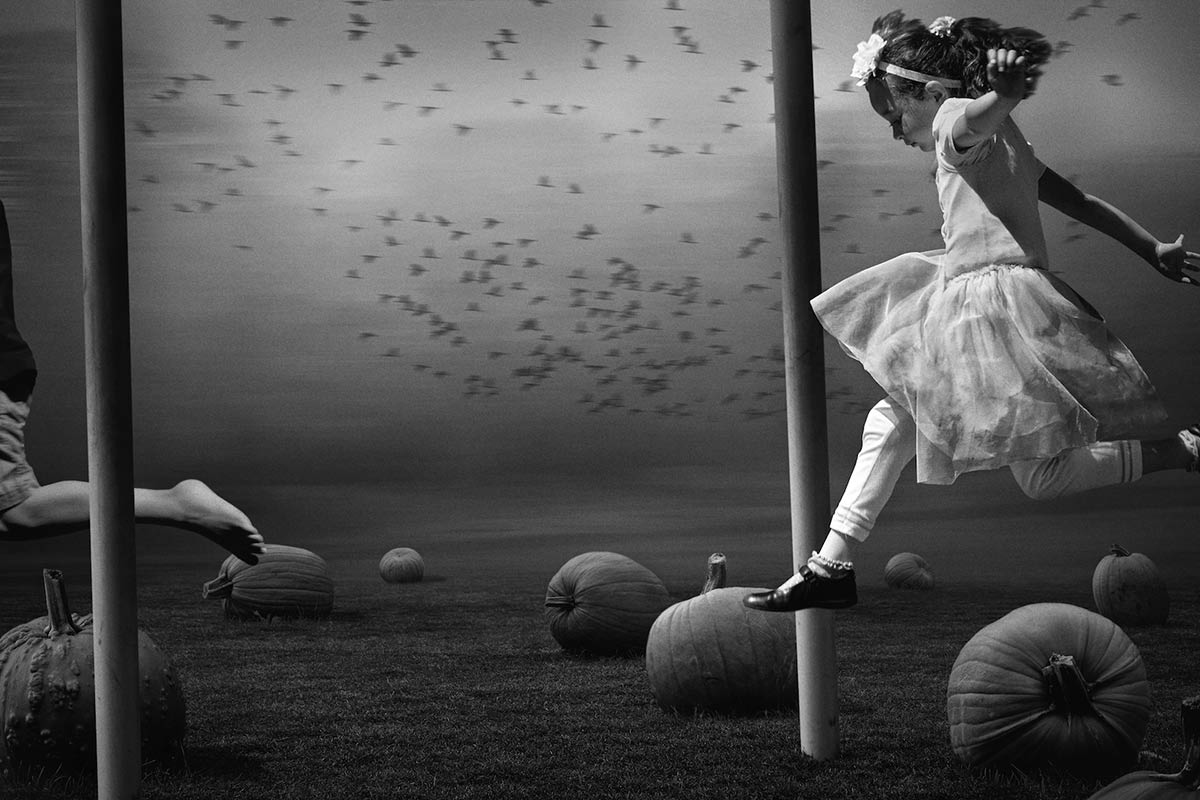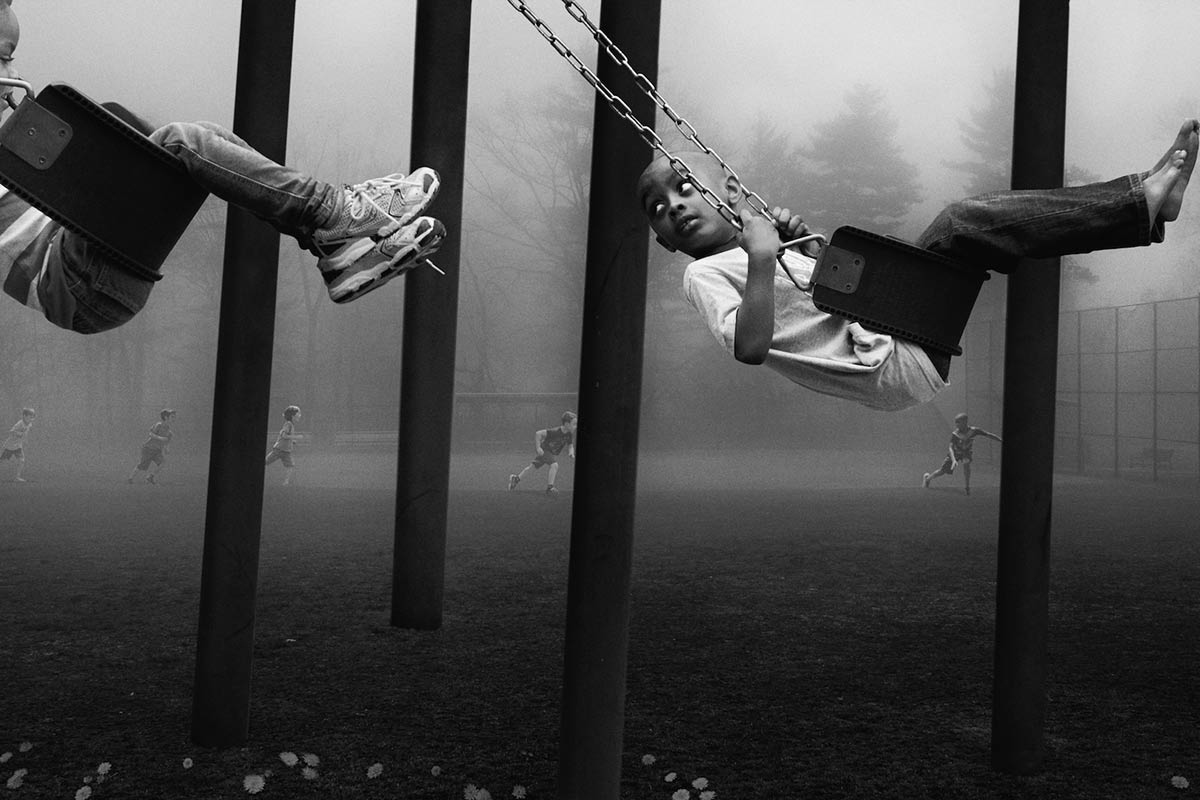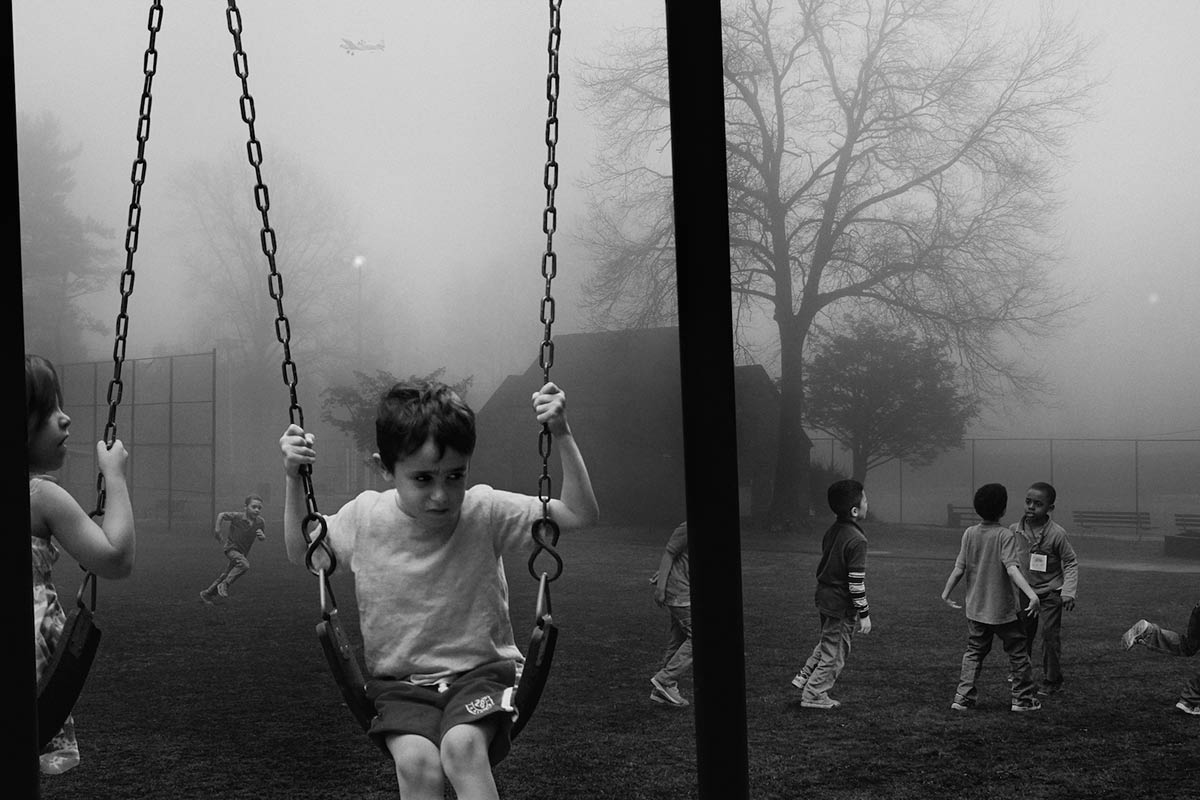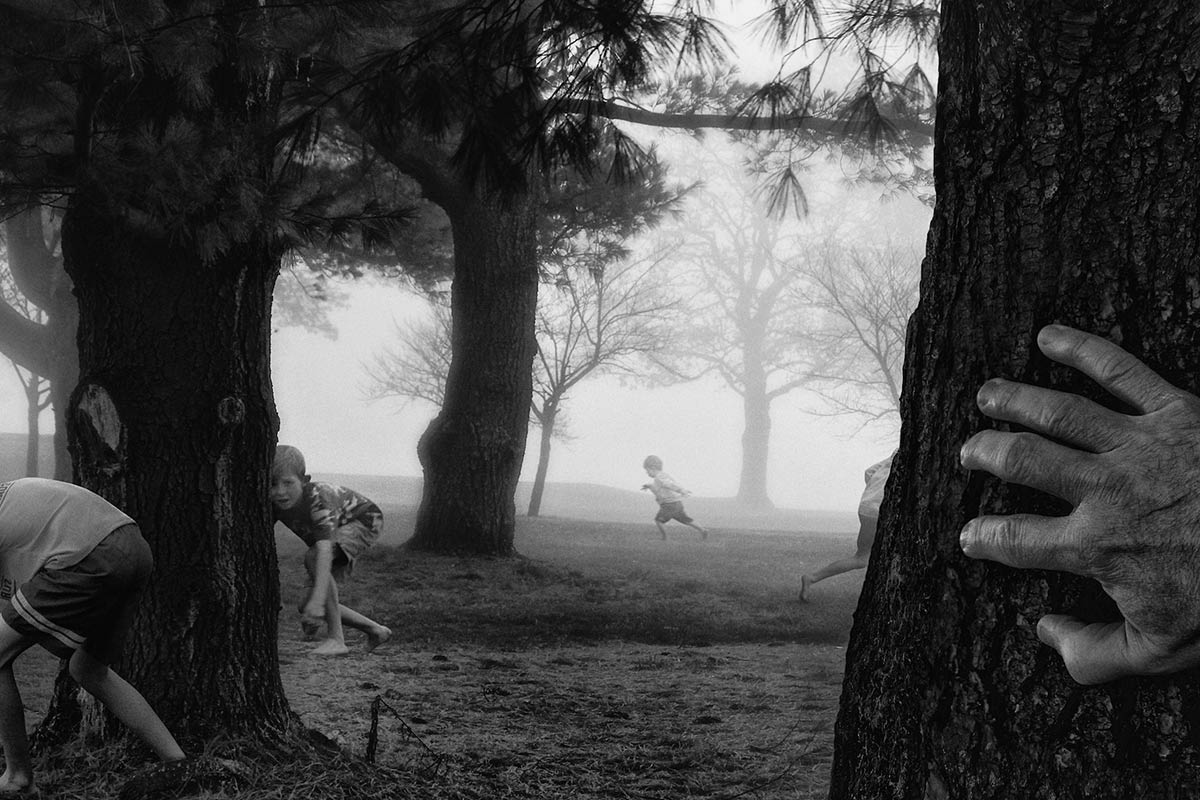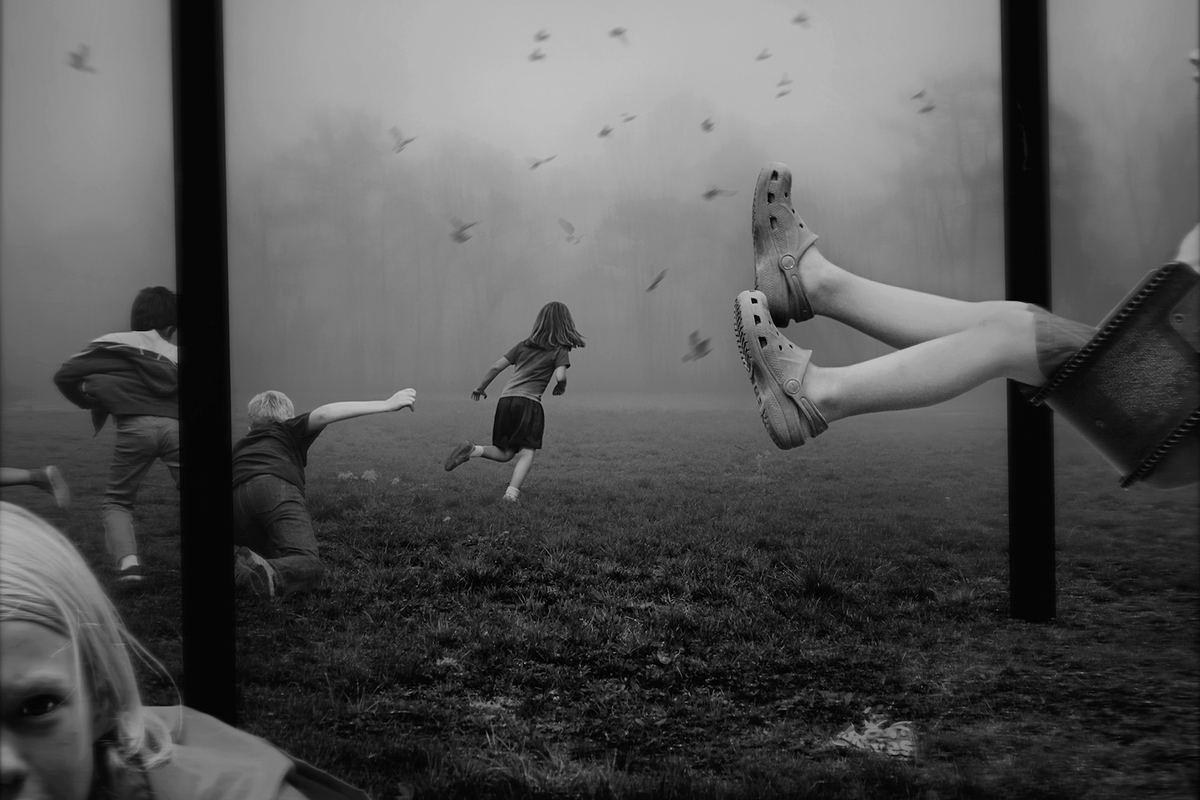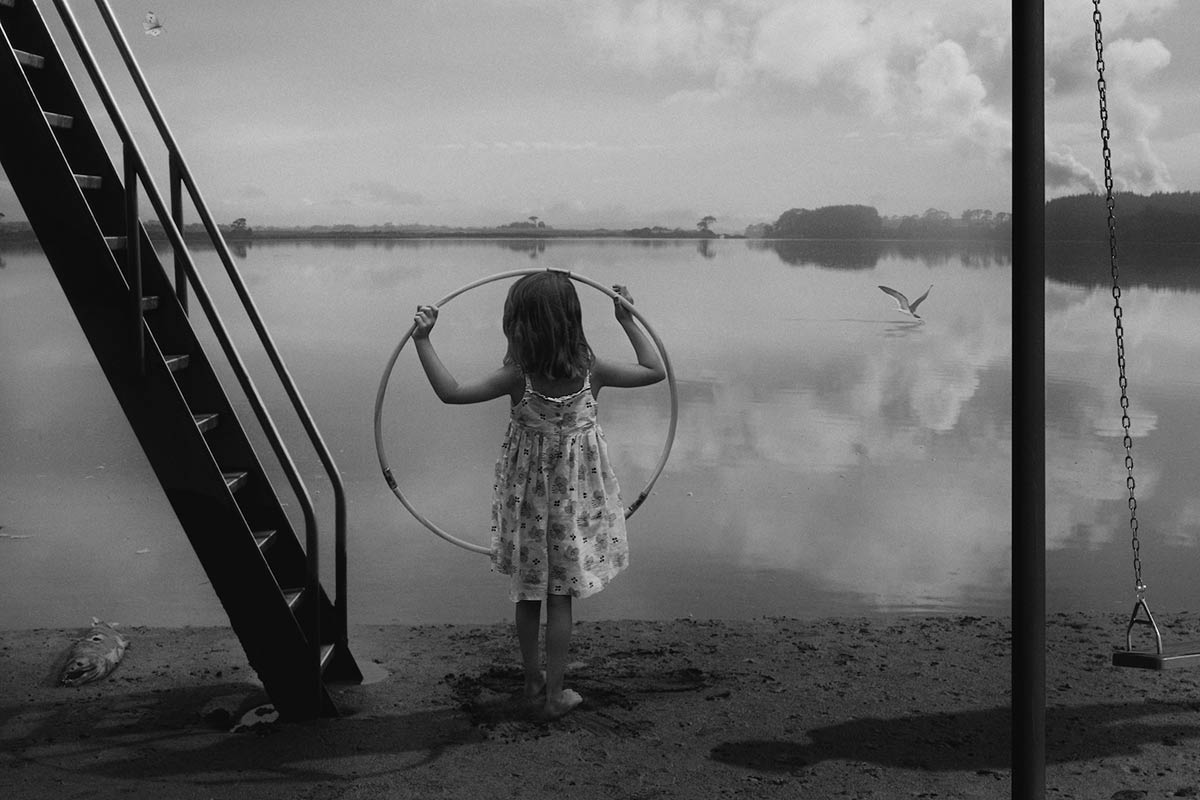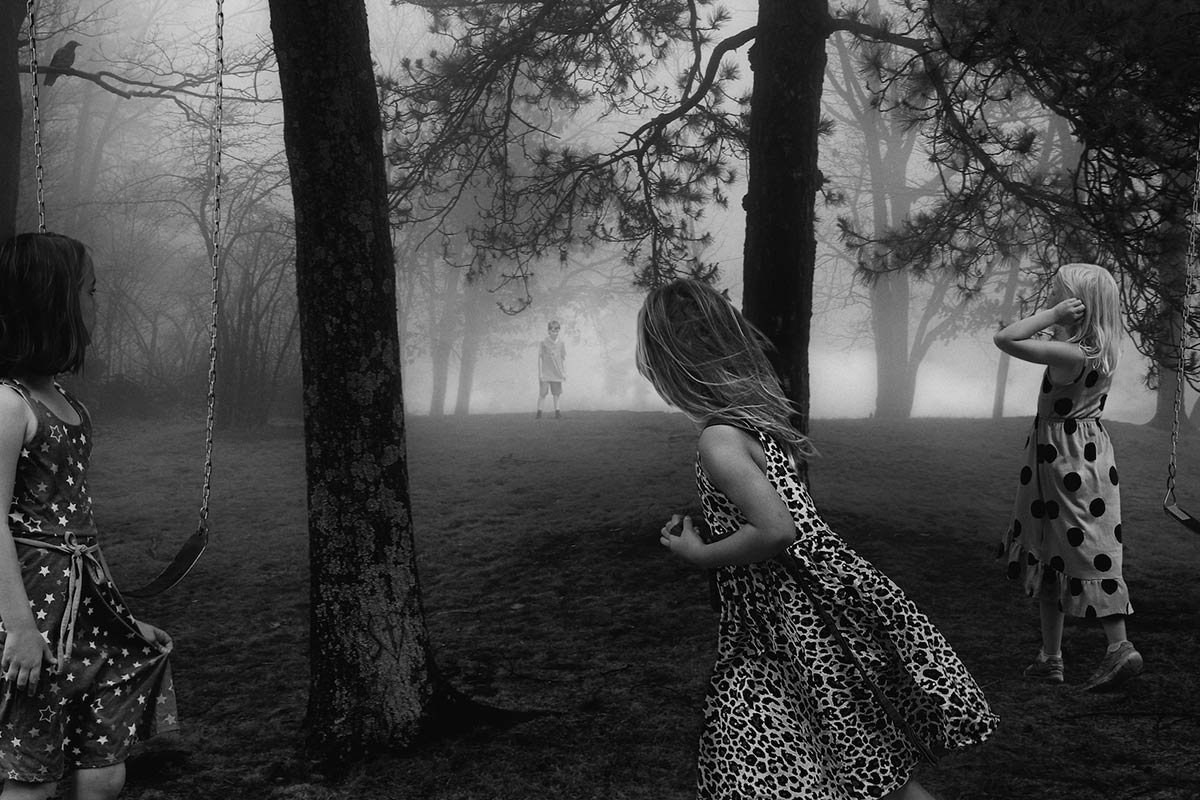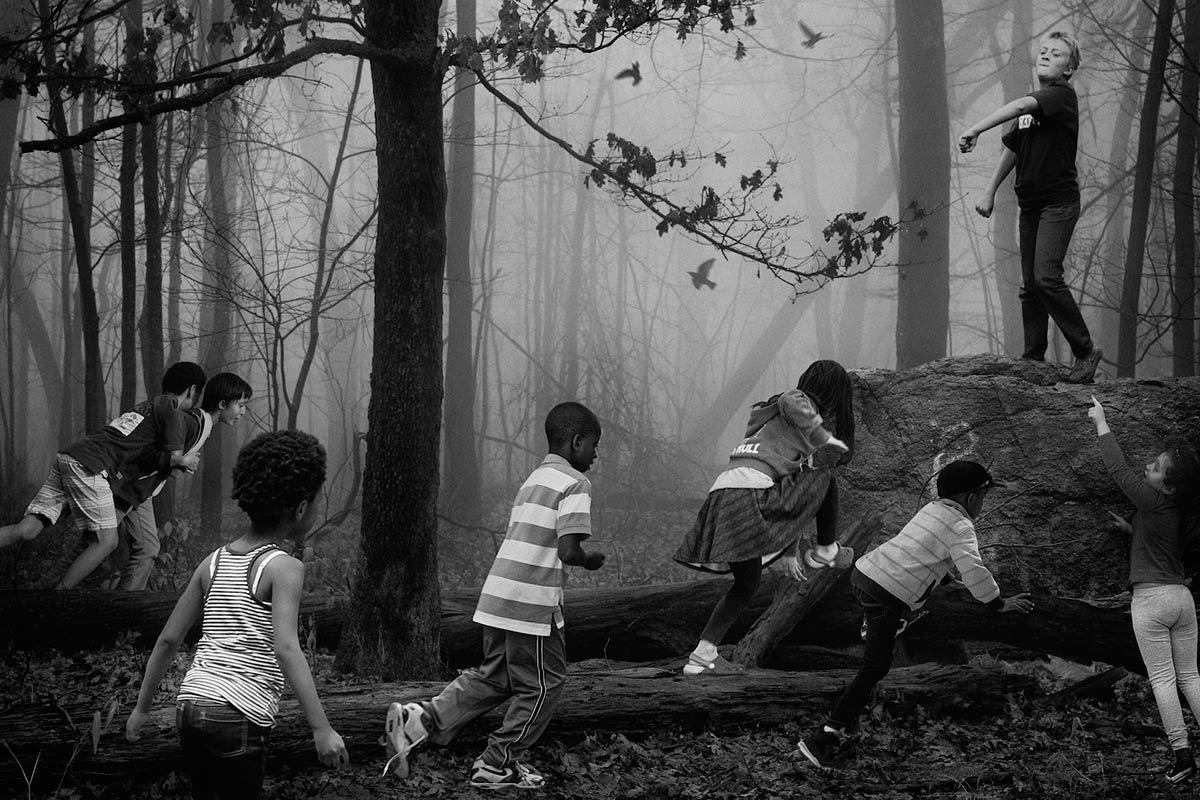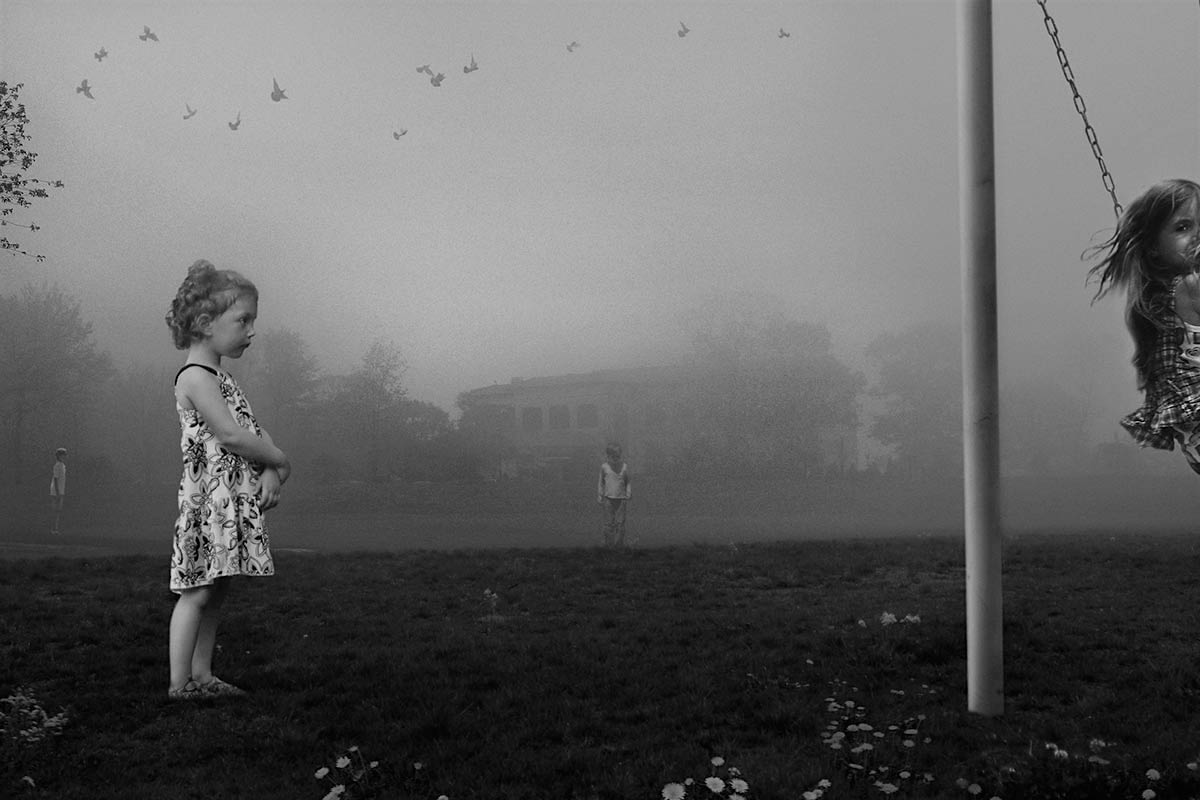“While a photo montage isn’t a new concept, most modern artists use the form to create surreal or fantastic images. What is different about this collaboration is an eerie sense of reality, which itself is an ironic refutation of photography as truth.” –
Writer Teresa Politano – Inside Jersey Magazine
The idea that two artist photographers — one male, the other female — can work together while being separated by a vast ocean of over 8,000 miles, is revolutionary — but such is the nature of this groundbreaking exploration, The International Collaboration Project by Francisco Diaz (USA) + Deb Young (New Zealand).
Though born in the U.S., Diaz’s heritage is Cuban/Spanish. He developed his passion for photography through painting, and his input in their concept discussions tends towards structural, spatial and color ideas.
Young’s passion for photography came to life when she was given the opportunity to work behind the scenes on the publication of New Zealand Photography Magazine.
In pushing boundaries, Diaz + Young’s radical approach to collaborative montage is unique in photographic history. They don’t use models, props or set-ups, but create from totally random images. Though separated by more than 8,000 miles, their collaborative process encompasses working together remotely in real time on one piece and viewing through each other’s camera. Their collaboration is based on gender equality to both redress the imbalance of woman in the art world and to infuse their narrative work with a masculine/feminine sensibility.
– How and when did you become interested in photography?
Young became interested in photography when she was a teenager and a photographer friend took snaps of her family. They were dressed in muslin and flares and the shots were taken outside in the back yard. Back-lit and black & white, she was mesmerized by the romantic, almost rock-star feel of those back yard, hippie shots.
Diaz became interested in photography during his childhood years which were spent in Brooklyn on Coney Island. It wasn’t the luxurious turn-of-the-century playground that many see in old postcards. For him, it meant poverty and urban blight. Many of the old ripped posters and crumbling rides that surrounded his home had a big visual impact on him. He would take his inexpensive film camera and snap the decay.
– Is there any artist/photographer who inspired your art?
For Young it has always been Robert Frank. Diaz has favored Dutch/Flemish painting.
– Why do you work in black and white rather than colour?
Well the duo also works in color, but chose to do “The Playground Series” in black + white because they felt it allowed for a grittier, more mysterious feel. The absence of colour placed the series in a netherworld where they could illustrate the innocent complexity of playground society.
– How much preparation do you put into taking a photograph/series of photographs?
A lot of time and effort goes into our series. There is much pre-series discussion, where decisions are made on what the series is about and what the focus will be. Because we are separated by 8,000 miles, we are at the mercy of the difference in time between the north eastern USA and New Zealand. We set up a schedule that allows us to work together on each piece in real time. There are also times where we are viewing through each others camera 8,000 miles away. We only use random snaps we’ve taken to create our cinematic narrative photomontages, no props, models or set-ups. Our gender differences are an important aspect of how we work. We are very respectful of each others perspective in determing what a piece will look like and what elements will go into the work.
– Where is your photography going? What projects would you like to accomplish?
Well at the moment we are working on two series: The Playground Series and a new series called “Suspicion.” “Suspicion” is quite unique in that it is a series with a plot and recurring characters. It is one of the first photographic mystery/romance mini-series.
Website: www.diaz-young.com

